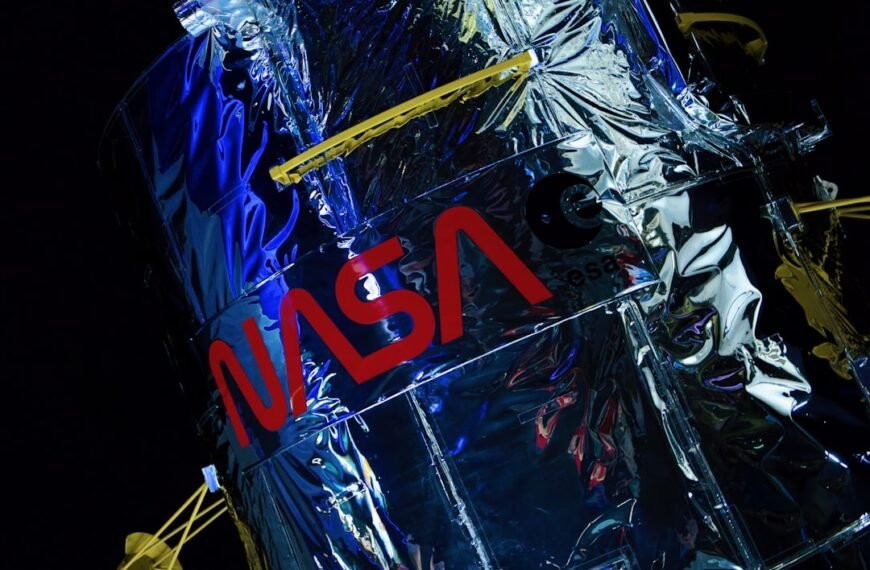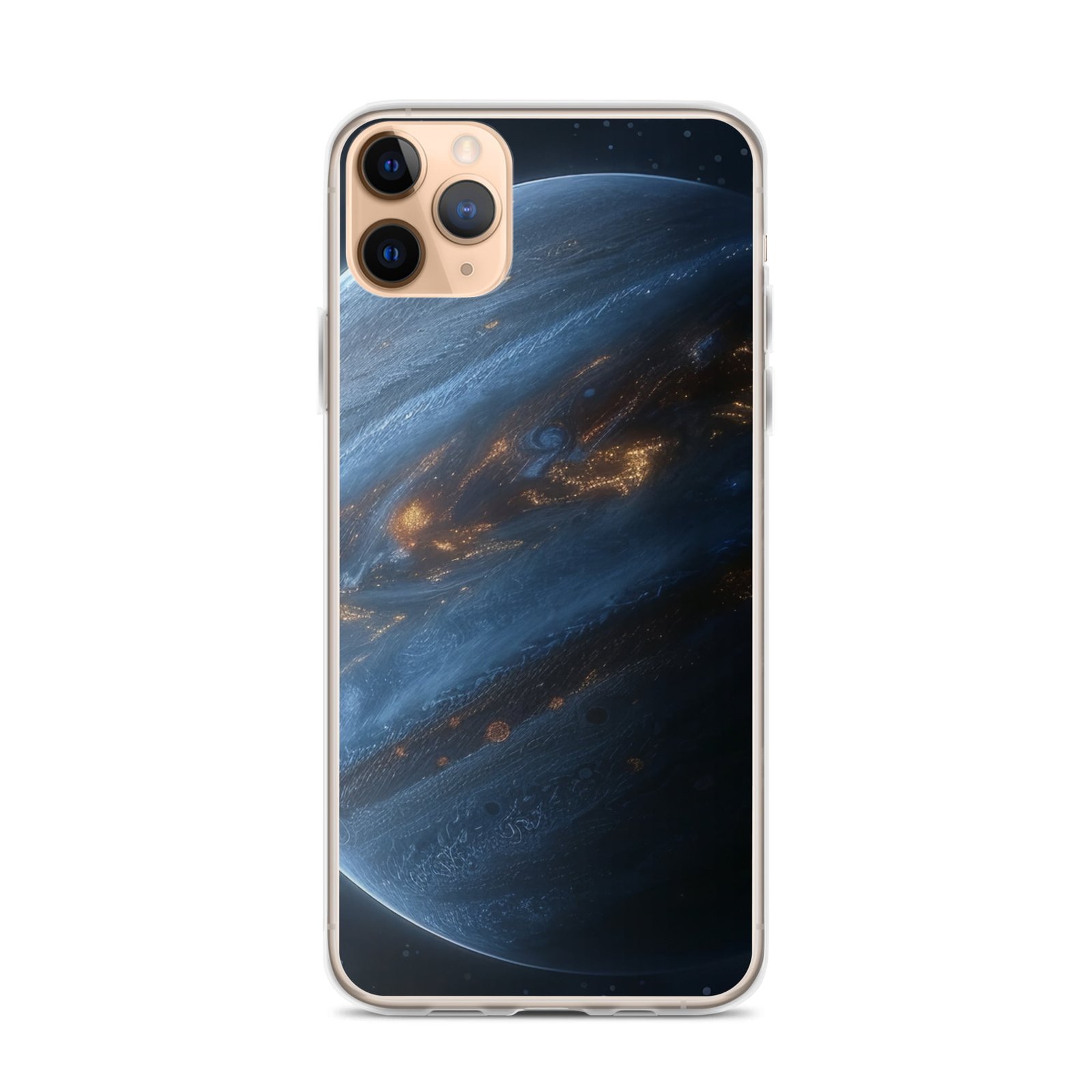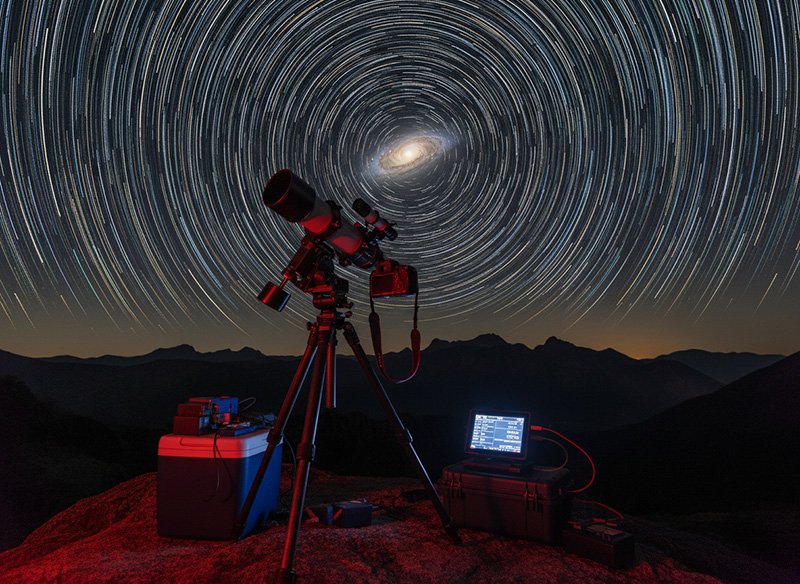The idea of communicating with extraterrestrial civilizations has long fascinated humanity. The possibility of discovering intelligent life beyond Earth and exchanging messages with them has captured the imagination of scientists, philosophers, and the general public alike. However, traditional methods of communication, such as radio waves, have limitations when it comes to interstellar distances. As a result, scientists have been exploring alternative communication mediums that could potentially overcome these limitations.
Key Takeaways
- Neutrinos are elusive particles that could potentially carry messages across the universe.
- Neutrino detectors are tools that can be used to detect messages from advanced civilizations.
- Gravitational waves are another potential communication medium that can be detected using specialized equipment.
- Using gravitational waves for communication has advantages such as being able to transmit messages through dense matter, but also has limitations and challenges.
- The search for signals from extraterrestrial civilizations using neutrinos and gravitational waves is ongoing, and the future of interstellar communication holds many possibilities and implications.
Neutrinos: The elusive particles that could carry messages across the universe
Neutrinos are subatomic particles that are electrically neutral and interact only weakly with matter. They are produced in various astrophysical processes, such as nuclear reactions in the Sun, supernovae explosions, and cosmic ray interactions. Neutrinos are incredibly difficult to detect because they rarely interact with other particles. In fact, trillions of neutrinos pass through our bodies every second without us even noticing.
How do neutrinos interact with matter?
Neutrinos interact with matter through the weak force, one of the four fundamental forces of nature. This force is responsible for radioactive decay and plays a crucial role in the nuclear reactions that power stars. The weak force is much weaker than the electromagnetic force, which is responsible for most everyday interactions between particles.
The probability of detecting a neutrino depends on its energy and the density of matter it passes through. Higher-energy neutrinos have a higher probability of interacting with matter, but they are also more difficult to produce and detect. Neutrino detectors are designed to capture these rare interactions by using large volumes of dense material, such as water or ice.
Neutrino detectors: Tools for detecting messages from advanced civilizations
There are several types of neutrino detectors used by scientists to study neutrinos and their interactions. One common type is the Cherenkov detector, which relies on the detection of Cherenkov radiation produced when a neutrino interacts with matter. Another type is the scintillation detector, which uses a scintillating material that emits light when a neutrino interacts with it.
Building and operating neutrino detectors is a challenging task. These detectors need to be located deep underground or underwater to shield them from cosmic rays and other sources of background radiation. They also require sophisticated technology to detect and analyze the faint signals produced by neutrino interactions.
The potential for detecting signals from extraterrestrial civilizations using neutrinos is still largely speculative. However, some scientists have proposed the idea of using neutrinos as a communication medium due to their ability to penetrate vast distances without being significantly affected by intervening matter.
The potential of gravitational waves as a communication medium
Gravitational waves are ripples in the fabric of spacetime caused by the acceleration of massive objects. They were predicted by Albert Einstein’s theory of general relativity and were first detected in 2015. Gravitational waves can carry information about their source, such as the mass and spin of the objects that produced them.
Gravitational waves are produced by a variety of astrophysical phenomena, including the merger of black holes and neutron stars, supernovae explosions, and the early universe. These waves can travel through space virtually undisturbed, making them an attractive candidate for long-distance communication.
What are gravitational waves and how are they detected?

Gravitational waves are disturbances in the fabric of spacetime that propagate outward from their source at the speed of light. They are produced when massive objects accelerate or change their shape. For example, when two black holes merge, they create ripples in spacetime that spread outwards.
Detecting gravitational waves is an incredibly challenging task due to their extremely weak nature. To detect these waves, scientists use interferometers, which consist of two or more arms arranged in a specific configuration. When a gravitational wave passes through the interferometer, it causes a slight change in the lengths of the arms, which can be measured with high precision.
The advantages of using gravitational waves for communication
Using gravitational waves for communication offers several advantages over traditional methods. First, gravitational waves can travel through space virtually undisturbed, allowing for long-distance communication without the need for relay stations or satellites. This makes them ideal for interstellar communication.
Second, gravitational waves have the potential to transmit large amounts of information. The frequency and amplitude of the waves can be modulated to encode information, similar to how radio waves are used in traditional communication systems. This means that gravitational waves could potentially carry vast amounts of data across the universe.
Finally, gravitational waves offer the potential for secure communication. Unlike radio waves, which can be intercepted and decoded by anyone with the right equipment, gravitational waves are extremely difficult to detect and interpret. This could make them an attractive option for secure communication between advanced civilizations.
Challenges and limitations of using neutrinos and gravitational waves for communication
While the idea of using neutrinos and gravitational waves for communication is intriguing, there are several challenges and limitations that need to be overcome. One major challenge is the difficulty of detecting and interpreting signals from these particles and waves. Neutrinos interact so weakly with matter that capturing their signals requires large and sensitive detectors. Similarly, detecting and analyzing gravitational waves requires sophisticated technology and precise measurements.
Another challenge is the potential for interference and noise. Neutrinos and gravitational waves can be affected by various sources of background radiation, such as cosmic rays and other astrophysical phenomena. Distinguishing signals from extraterrestrial civilizations from these sources of noise would require advanced signal processing techniques and careful analysis.
Furthermore, current technology is still limited in its ability to detect and analyze neutrinos and gravitational waves. Neutrino detectors are expensive to build and operate, and their sensitivity is limited by the background noise. Similarly, gravitational wave detectors are still relatively new and require further development to improve their sensitivity and accuracy.
The search for signals from extraterrestrial civilizations using neutrinos and gravitational waves
Despite the challenges and limitations, scientists have been actively searching for signals from extraterrestrial civilizations using neutrinos and gravitational waves. Several projects and initiatives have been launched to detect these elusive particles and waves and analyze their potential for carrying messages from advanced civilizations.
One example is the IceCube Neutrino Observatory, located at the South Pole. This observatory consists of a cubic kilometer of ice instrumented with thousands of optical sensors. It is designed to detect high-energy neutrinos from astrophysical sources, such as supernovae explosions and gamma-ray bursts.
Another project is the Laser Interferometer Gravitational-Wave Observatory (LIGO), which made the first direct detection of gravitational waves in 2015. LIGO consists of two interferometers located in the United States that are sensitive to gravitational waves in the frequency range of 10 Hz to 10 kHz.
The potential for discovering signals from advanced civilizations using neutrinos and gravitational waves is still largely speculative. However, if such signals were to be detected, it would have profound implications for our understanding of the universe and our place in it.
The future of interstellar communication: Possibilities and implications
The discovery of extraterrestrial communication using neutrinos or gravitational waves would revolutionize our understanding of the universe and our place in it. It would open up new possibilities for interstellar communication and could lead to advancements in technology and scientific knowledge.
However, the discovery of extraterrestrial communication also raises ethical and societal implications. It would force us to confront questions about our own existence, our place in the universe, and our relationship with other intelligent beings. It could also have practical implications for how we communicate and interact with other civilizations, both on Earth and beyond.
In conclusion, the search for extraterrestrial communication using neutrinos and gravitational waves is an exciting and challenging endeavor. While there are still many obstacles to overcome, scientists are making significant progress in detecting and analyzing these elusive particles and waves. The potential for discovering signals from advanced civilizations is still largely speculative, but the implications of such a discovery would be profound. Continued research and exploration in this field are crucial for advancing our understanding of the universe and our place in it.
Could advanced civilizations be communicating using neutrinos or gravitational waves? According to a fascinating article by The Universe Episodes, there is a possibility that extraterrestrial beings are using these elusive particles and waves to communicate across vast distances in the universe. To delve deeper into this intriguing topic, check out their article on the subject: https://theuniverseepisodes.com/contact-us/. With their expertise in exploring the mysteries of the cosmos, The Universe Episodes also provides valuable insights into other captivating subjects. To learn more about them, visit their website’s About Us page: https://theuniverseepisodes.com/about-us/. Additionally, for information on how they handle user data and privacy, you can refer to their Privacy Policy: https://theuniverseepisodes.com/privacy-policy/.
FAQs
What are neutrinos and gravitational waves?
Neutrinos are subatomic particles that have no electric charge and very little mass. Gravitational waves are ripples in the fabric of spacetime caused by the acceleration of massive objects.
How are neutrinos and gravitational waves detected?
Neutrinos are detected using large underground detectors that can detect the faint flashes of light produced when a neutrino interacts with matter. Gravitational waves are detected using sensitive instruments called interferometers that can detect the tiny distortions in spacetime caused by passing gravitational waves.
Why are neutrinos and gravitational waves good candidates for interstellar communication?
Neutrinos and gravitational waves can travel through vast distances of space without being significantly affected by intervening matter. This means that they could potentially be used to communicate across interstellar distances.
What are the challenges of using neutrinos and gravitational waves for communication?
Neutrinos and gravitational waves are very difficult to detect and generate, which makes them challenging to use for communication. Additionally, the signals produced by neutrinos and gravitational waves are very weak, which makes it difficult to transmit information over long distances.
Have any advanced civilizations been detected using neutrinos or gravitational waves for communication?
No, there is currently no evidence of any advanced civilizations using neutrinos or gravitational waves for communication. However, scientists continue to search for signs of extraterrestrial intelligence using a variety of methods, including the search for signals in neutrinos and gravitational waves.
–
Summary by the Author
My Thoughts
I find the concept of communicating with extraterrestrial civilizations using neutrinos and gravitational waves fascinating. The idea of discovering intelligent life beyond Earth and exchanging messages with them captivates not only scientists but also philosophers and the general public.
Benefits of Reading
Reading this article provides insights into alternative communication mediums for interstellar distances. It explores the potential of neutrinos and gravitational waves as carriers of messages across the universe. Additionally, it sheds light on the challenges, limitations, and ongoing research in this field.
Main Message
The main message of this article is to highlight the potential of neutrinos and gravitational waves as communication mediums for interstellar distances. It discusses the advantages, challenges, and implications of using these elusive particles and waves to detect signals from advanced civilizations.
Additional Information
If you want to delve deeper into this intriguing topic, you can check out the full article by The Universe Episodes here. They provide valuable insights into exploring the mysteries of the cosmos. To learn more about The Universe Episodes, you can visit their website’s About Us page here. For information on how they handle user data and privacy, you can refer to their Privacy Policy here.
–
























